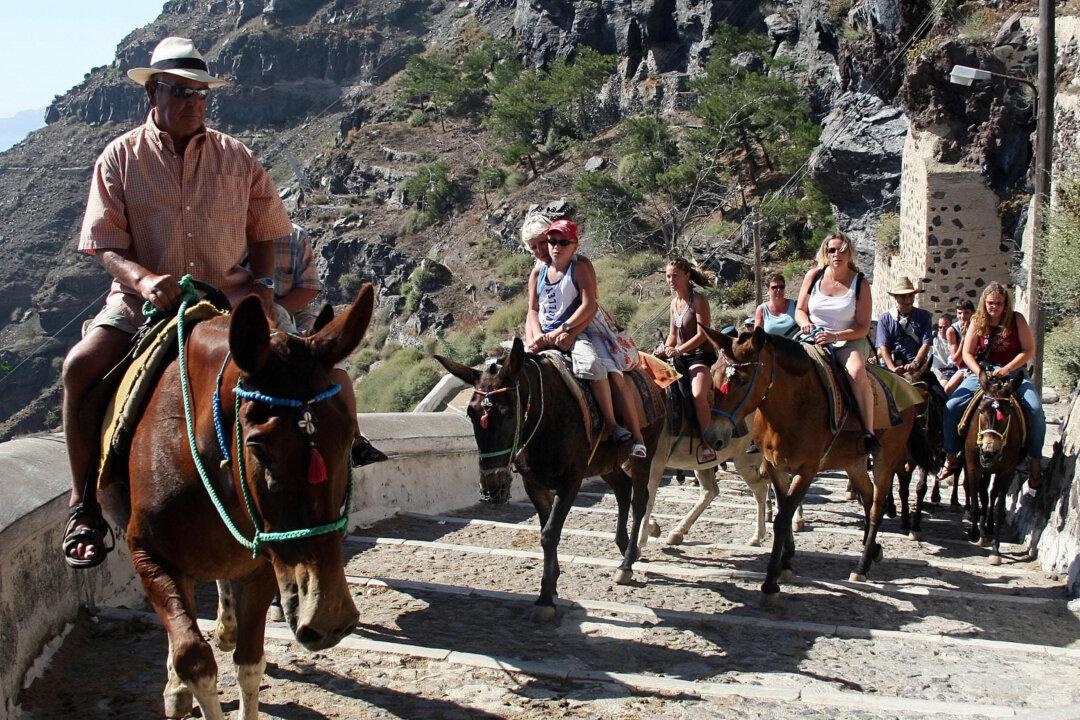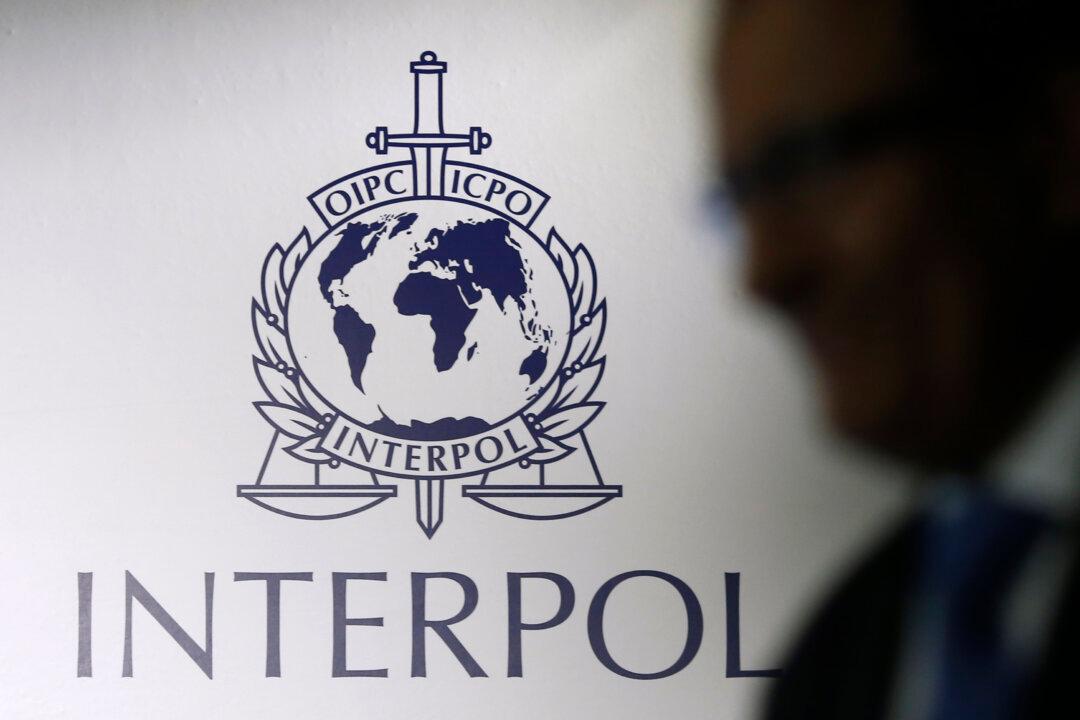The Greek government, a British animal welfare charity, and the cruise-line industry are kicking off a campaign to raise awareness for the ill-treated donkeys and mules at Greece’s popular island destination, Santorini.
On April 2, the Mayor of Santorini, Nikos Zorzos, said the campaign would start soon, according to The Guardian. The Donkey Sanctuary and Cruise Lines International Association (CLIA) are key collaborators in the effort to sensitize tourists and locals to the abuse inflicted on donkeys and mules—which are being used to transport tourists, sometimes overweight, and heavy luggage up the 520 zigzagging steps to Fira, Santorini’s capital.





